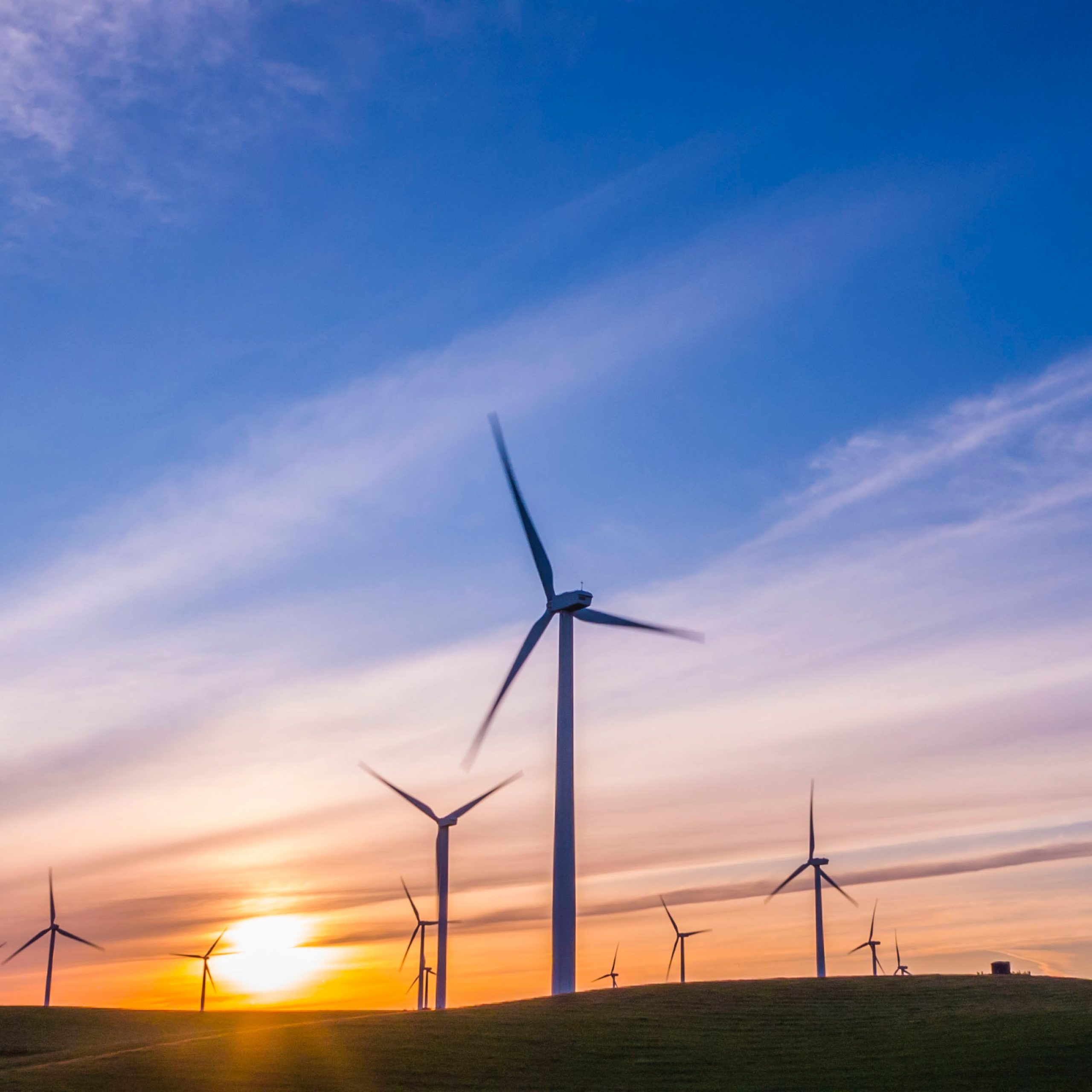While solutions in full detail are rare, governments and organizations make long-term pledges. One of the most popular pledges is becoming carbon-neutral by a specific year. One of the highlights of COP26 was India’s pledge to become a net-zero emitter by 2070
However, as Google’s statement shows, some organizations and governments have pledged instead to become carbon-free. Microsoft, too, has pledged to become carbon-free by 2030. So has New York by 2035. Is there a difference? Absolutely.
Read more: “Double the Emissions Reductions”: Could Carbon Markets Avert the Climate Crisis?
The difference between carbon-neutral and carbon-free
To become carbon-neutral is to neutralize or offset the carbon produced by fossil fuels completely.
There are many ways to achieve carbon neutrality. Organizations and governments may plant trees, for example. Another way is to purchase or produce renewable energy to offset emissions in the future. Essentially, the aim is to consume carbon-based energy, generate an equal amount of carbon-free energy, and call it even.
On the other hand, to become carbon-free is to consume carbon-free energy every hour, every day, all year—or 24/7. The aim is not to emit carbon in the first place.
In a nutshell, the ultimate climate action is to minimize our carbon footprint. In that regard, producing and consuming 100%, 24/7 carbon-free energy takes priority over producing and consuming 100%, 24/7 carbon-neutral energy. The former represents a fully decarbonized energy system, relying only and entirely on solar, wind, hydro, geothermal, nuclear, and other carbon-free energy.
So, why is most climate action geared toward becoming carbon-neutral and not carbon-free?
Read more: 50% Reduction in Carbon Emissions by 2030 – Sustainable Future With EU Taxonomy
The challenge to Carbon-free energy
Well, because becoming carbon-free is hard.
Let us first address the political constraints. India and China are two of the world’s biggest emitters of carbon dioxide. However, the two remain reluctant to quit on carbon because the industry employs millions and contributes immensely to their GDP. Yes, India got a generous amount of praise for committing to produce net-zero emissions by 2070. However, it also received a generous amount of criticism for intervening at the last moment to insist that the climate deal say phase “down” instead of “out” carbon.
But even though we eliminate the economic penalty associated with producing carbon-free energy, we will still be unable to produce it at scale. At least, today, when the technology is virtually non-existent, or if it exists, it would be spectacularly expensive.
What is the problem?
Let us assume that you run a company with offices that span the globe. A conscious, firm believer in sustainability, you wish to ensure that all operations run on carbon-free energy every hour, every day, everywhere. The office in the US, for example, operates on clean energy sourced from a local wind farm. Meanwhile, the office in Sydney runs on clean energy sourced from a local solar farm.
Here is the problem. Wind energy output will decline in late summer when wind speeds decline. Similarly, solar energy output will decrease in winter when solar energy is no longer at its peak. At such times, the mismatch between supply and demand will cause prices to fluctuate. At a certain point, it would make more sense, financially, to rely on fossil fuels than renewables. Even if you are willing to pay a premium, what happens when the farms suffer an outage or are forced to close for some other reason? Availability. On-demand energy. That is the biggest challenge to 100%, 24/7 carbon-free energy.
Of course, you can make up for unavailability by making sure there is more available. If your supplier runs out of solar, you can turn to wind energy. If you run out of wind energy, you can then turn to hydro, and so forth. But the challenge remains: what if nothing is available?
Read more: Future of Energy: Is it Cleaner, Dirtier, or Both?









